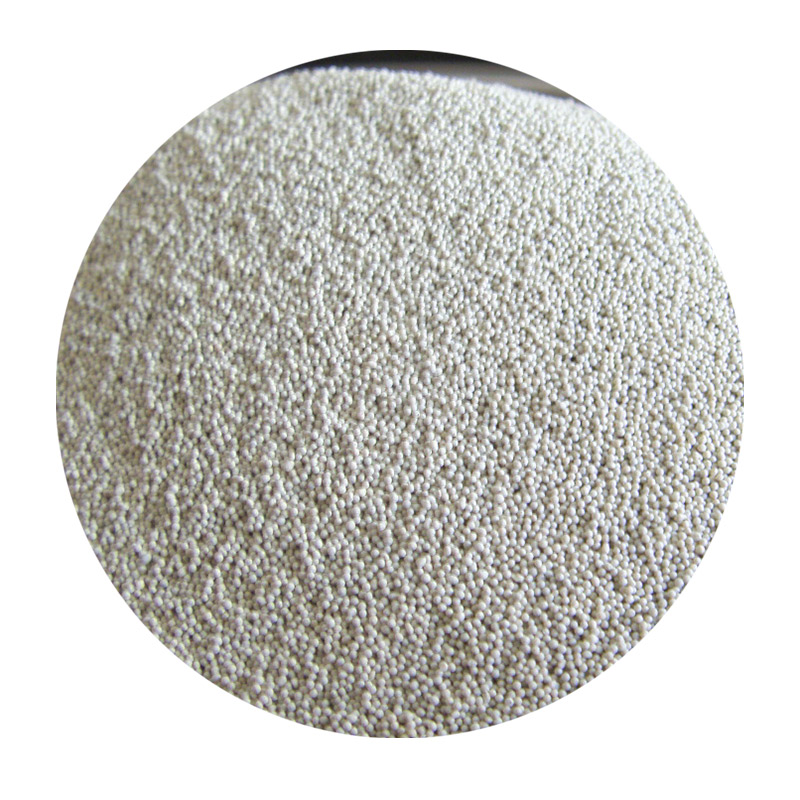

From an engineering standpoint, the expertise required in sand casting is considerable. A profound understanding of metallurgy, mold making, and thermal dynamics is crucial to achieving optimal results. Experienced engineers meticulously design the mold system, ensuring proper gating and risering to manage the metal flow and solidification. The knowledge of alloy properties further aids in selecting suitable materials that enhance the performance of the cast product. Quality control in sand casting is an authoritative aspect that underscores the process's validity. Non-destructive testing methods, such as X-ray inspection, allow specialists to verify the internal soundness of cast parts without altering their integrity. This trustworthiness in ensuring defect-free components has cemented sand casting’s status as a reliable production method for mission-critical applications. Environmental considerations in today's manufacturing landscape also spotlight sand casting as an environmentally friendly option. The sand used in the process is often recyclable, minimizing waste, and the energy consumed is generally lower compared to other casting techniques. This eco-conscious approach not only aligns with global sustainability goals but also showcases the process's adaptability in modern industrial practices. In summary, sand casting stands as a testament to a process that combines experience, expertise, authority, and trustworthiness, meeting diverse industrial demands with precision and reliability. Its enduring presence across major industries is a reflection of its continued evolution and the innovative strides made to enhance its capabilities. As technology advances, so too will the techniques and applications of sand casting, ensuring it remains an indispensable part of the manufacturing lexicon. Post time:يانۋار . 14, 2025 12:02
Next:Ceramic Sand for Lost Foam Casting
